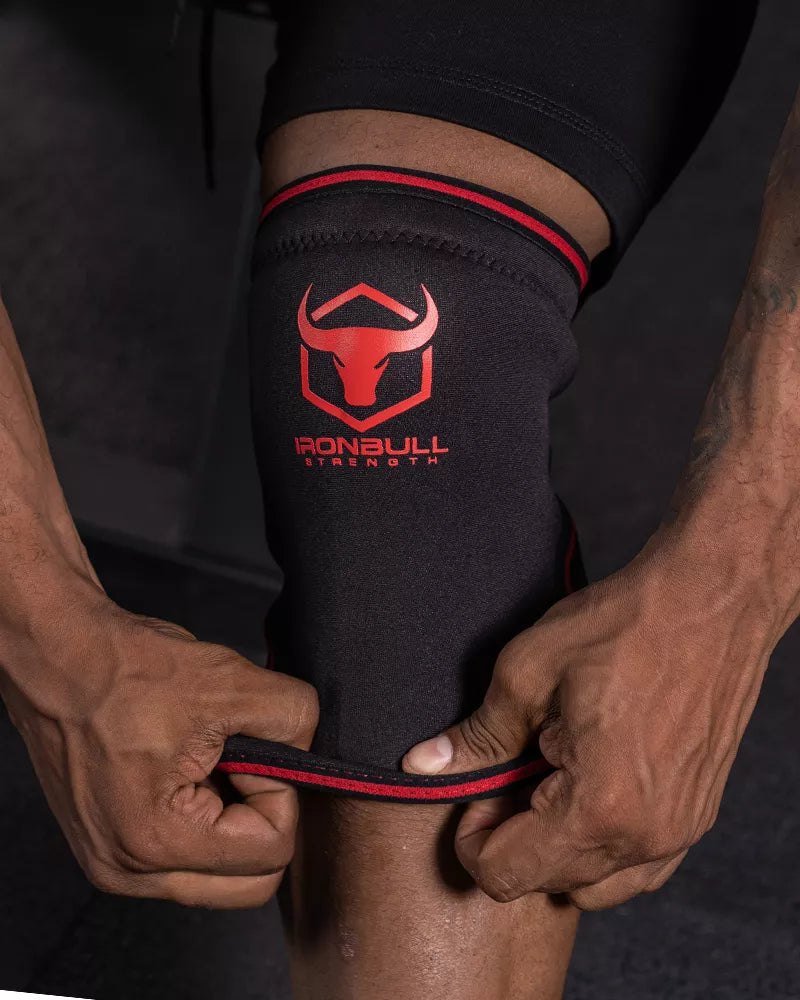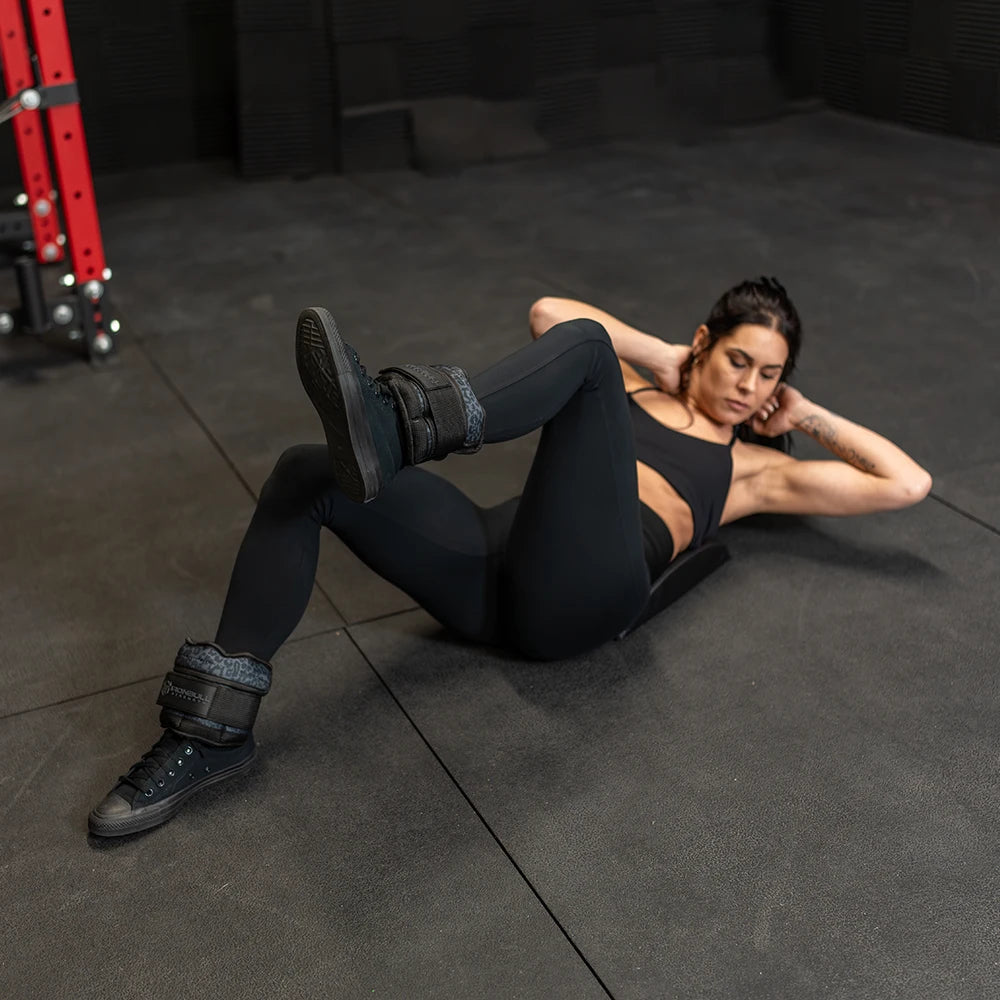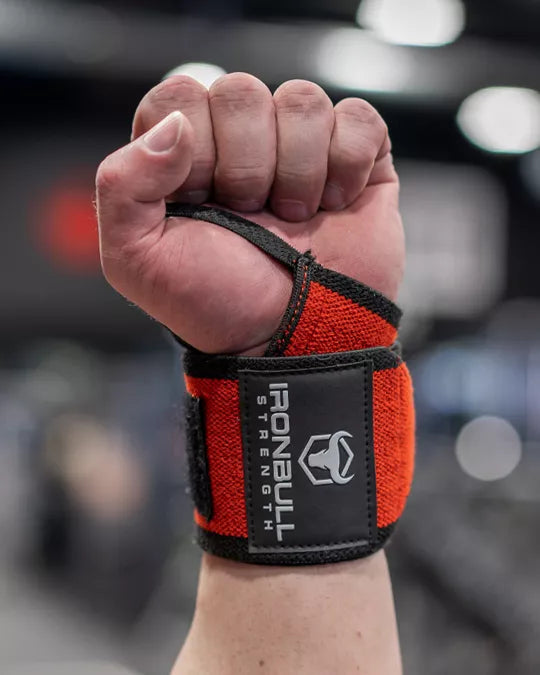How to Use Knee Sleeves for Maximum Support

Knee sleeves are one of the most underrated pieces of gym gear. If you’ve ever seen powerlifters, weightlifters, or serious squatters wearing them, you might have wondered—are they necessary? Do they actually help? And, most importantly, how do you use them properly?
When used correctly, knee sleeves can provide warmth, compression, and support, which can make a real difference in how your squats feel and perform. But simply pulling them on and heading into a heavy set isn’t enough. To truly benefit, you need to know how to wear them, when to use them, and how they fit into your overall training.

Understanding What Knee Sleeves Actually Do
Before getting into the specifics of wearing knee sleeves, let’s clear up a common misconception—they won’t magically add pounds to your squat overnight. They aren’t a shortcut to strength gains. Instead, knee sleeves work by keeping your knee joints warm and providing compression, which can reduce pain, stiffness, and fatigue.
The warmth aspect is crucial. Squats put a lot of stress on your knees, especially under heavy loads. If your knees are stiff, they’re more prone to discomfort, reduced mobility, and even injury. Knee sleeves help by keeping the joint warm and lubricated throughout your session, which means less stiffness between sets and a smoother range of motion.
Then there’s the compression factor. By applying constant pressure around the knee, sleeves can help with proprioception—your body’s ability to sense where it is in space. This can improve your squat mechanics by making you more aware of your positioning, depth, and movement pattern. For lifters dealing with minor knee pain, the compression can also help minimize discomfort by reducing strain on the joint.
Choosing the Right Knee Sleeves
Not all knee sleeves are created equal. If you’re using them primarily for squatting, you’ll want to focus on thickness and material. Powerlifters and serious strength athletes often prefer 7mm knee sleeves, which offer the most support and durability. These are ideal for heavy squatting because they provide the most compression and structure.
For more general training, 5mm knee sleeves are a solid choice. They still offer compression and warmth but provide a little more flexibility, which is useful for CrossFit, functional fitness, and high-rep squat work.
The fit matters, too. Knee sleeves should be snug—but not so tight that they cut off circulation. If they’re too loose, they won’t provide any real benefit. If they’re too tight, they’ll be a nightmare to get on and off, and you’ll spend half your workout wrestling them instead of squatting. A properly fitted knee sleeve should slide on relatively easily when your legs are dry but provide noticeable compression once in place.

How to Put on Knee Sleeves the Right Way
If you’ve ever tried putting on knee sleeves fresh out of the package, you know it can feel like an uphill battle. The tighter the fit, the trickier they are to get on. But there’s a simple trick that makes it easier.
Start by folding the sleeve in half so that the bottom half is inside out. Slide your foot through and pull the sleeve up to just below your knee. Once it’s in place, grab the top part of the sleeve and flip it over your knee, so it unrolls smoothly into position. This method makes it much easier to adjust and ensures the sleeve sits where it should—just above and below the knee joint, covering the patella but not restricting movement.
Once they’re on, squat a few times to make sure they feel right. You don’t want them bunched up behind the knee or sliding down mid-set. A properly placed sleeve should stay put throughout your workout without constant adjustments.
When to Wear Knee Sleeves
Knee sleeves are most effective when you’re pushing heavier weights or training with higher intensity. If you’re warming up with the bar or doing light accessory work, you probably don’t need them. Save them for your working sets when you’re hitting challenging loads, especially anything above 70-80% of your one-rep max.
That’s not to say you must wear them only for heavy squats. Some lifters prefer using them for all squat sessions, even at moderate weights, because they like the warmth and added support. Others only bring them out on heavier days or when their knees are feeling extra fatigued. The key is figuring out what feels best for your body and training style.
One thing to avoid is over-reliance. If you never squat without sleeves, your knees might get used to that artificial support, and you could end up weaker without them. Incorporating some training without sleeves—especially warm-ups and lighter work—can help ensure your knees stay strong without needing the extra compression every single time.
How Knee Sleeves Affect Squat Mechanics
A common question lifters ask is: Do knee sleeves change the way I squat? The short answer? Not really.
Unlike knee wraps, which store elastic energy and physically assist with the lift, knee sleeves don’t provide mechanical assistance. However, they can make squats feel smoother. The compression increases joint stability, which may help you feel more confident under heavier weights.
Some lifters also report feeling "springier" out of the hole with thicker knee sleeves. This isn’t because the sleeve itself is adding force, but because the increased warmth and compression can improve blood flow and reduce stiffness, allowing for more efficient movement.
That said, if you notice your squat feels different with sleeves on—maybe you’re not hitting depth as easily, or your stance feels off—it’s worth taking a step back to assess. Make sure they’re not too tight and restricting movement. A good pair of knee sleeves should enhance your squat, not change it.
Caring for Your Knee Sleeves
If you’re investing in knee sleeves, take care of them. They will get gross. Sweat, chalk, and repeated gym use mean they’ll start to smell if you don’t wash them regularly.
Most neoprene sleeves aren’t machine washable, so the best way to clean them is to soak them in warm water with mild detergent, then let them air dry completely. Some lifters add a little vinegar or baking soda to help with odors. Avoid throwing them in the dryer, as high heat can break down the material over time.
Another pro tip? Let them dry out between workouts. Stuffing damp sleeves into your gym bag is a guaranteed way to have them smelling like death in no time. Hang them up or let them air out properly after each session.
Wrapping it Up
For anyone serious about squatting, knee sleeves are a worthwhile investment. They won’t magically add 50 pounds to your squat, but they will help you lift more comfortably, reduce strain on your knees, and keep your joints feeling fresher for longer.
If you’re dealing with knee discomfort or pushing heavy weights regularly, knee sleeves can make a real difference. But even if you’re not squatting massive numbers, they’re still great for joint warmth and general knee health.
If you’re ready to step up your squat game, Iron Bull Strength’s knee sleeves are built for serious lifters who demand quality. Whether you’re chasing PRs or just looking for extra support, the right pair of sleeves can keep your knees healthy and your squats strong.


